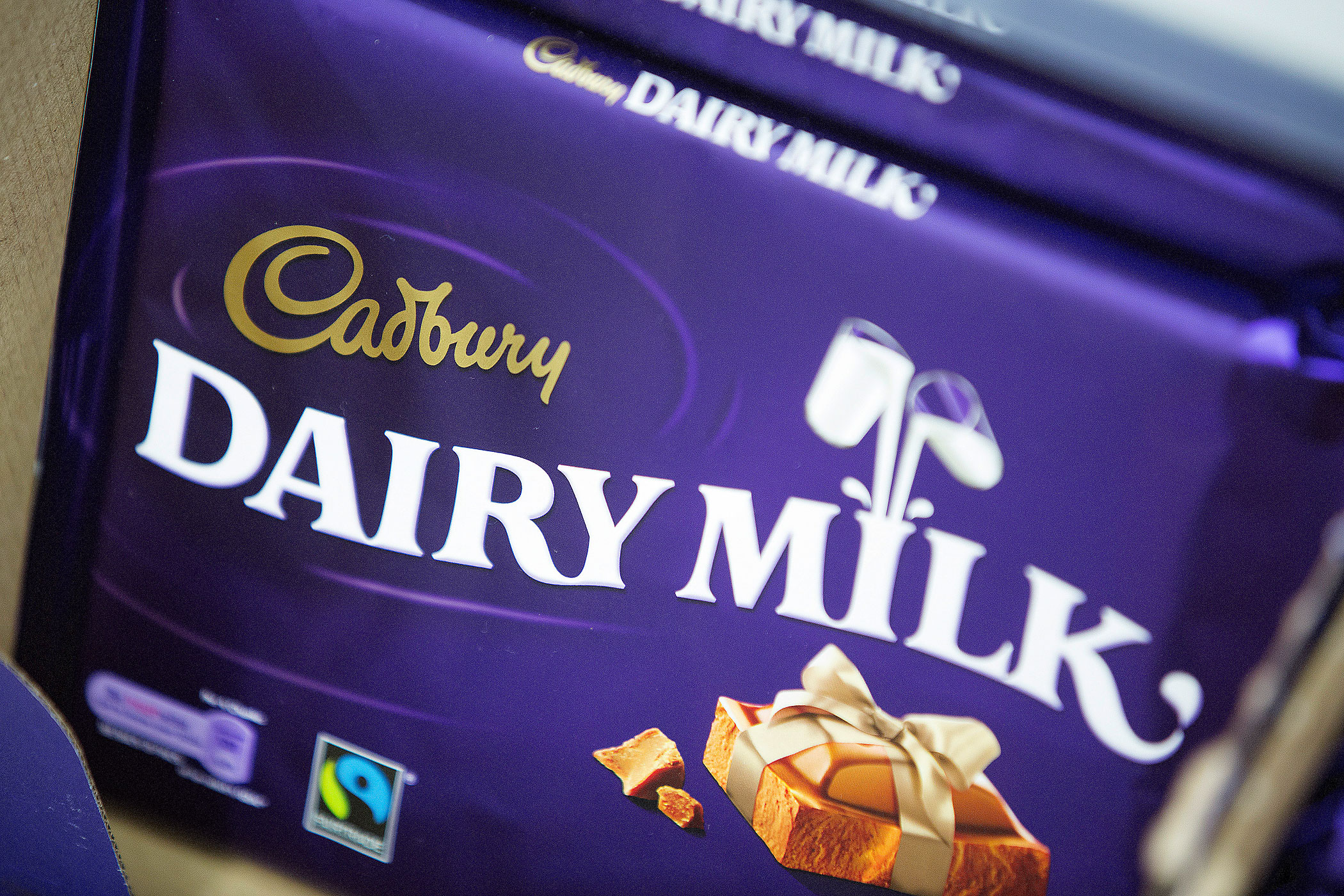
Correction appended
The United Kingdom did not invent chocolate, its dental history notwithstanding. You wouldn’t know that judging from the latest confectionary contretemps involving Cadbury, the quintessential British chocolate brand, and Hershey, which has a similar home-team claim in America.
The British press has been in partial meltdown about the fact that a couple of U.K.-owned firms in the U.S. that have been importing Cadbury chocolates from Blighty for expats and Anglophiles have been told by Pennsylvania-based Hershey to knock it off. Hershey and one importer, Let’s Buy British Imports, or L.B.B., came to an “agreement.” L.B.B. agreed to stop importing Cadbury products. Or else. I added that last interpretation.
Behind the uproar is the view held by some that British Cadbury’s is superior to the American version and that this whole thing looks like a case of a giant U.S. company stomping on little guys for selling a beloved chocolate. It’s candy crush!
The outrage has caught fire on the web because MoveOn.org, the liberal/progressive activist organization that normally involves itself in more serious issues, has sponsored a petition to compel the Americans to back off. “This is ridiculous! If Hershey’s can’t compete, then maybe they should make a better product!” noted Kari Chesney from Columbia, Mo, one of almost 18,000 people who has signed the petition.
Do those outraged petitioners realize that Hershey owns the rights to manufacture Cadbury’s products in the U.S.? Which it bought from Cadbury for a large amount of money? And that it might have a legitimate interest in protecting its property? It’s one thing if a shop is importing a case or two of Cadbury’s every now and then, but quite another if it becomes a competing business. Since 1988, Hershey has owned the right to sell Dairy Milk, Creme Eggs and other Cadbury products. Why? Simple — Cadbury needed the money, and decided that Hershey could manage the U.S. business better than it could.
That wasn’t a difficult decision to make. Cadbury was part of Cadbury Schweppes from 1969 until 2008 when the two companies demerged, under pressure from investors. Neither business could survive on its own, however, because the food and beverage industry was consolidating. Cadbury couldn’t keep up with its rivals Nestle, Mars Inc., and to a lesser extent Hershey (which was protected by the Hershey Trust, the controlling shareholder). In 2010, Cadbury was acquired by an American company, Illinois-based Kraft Foods, in a $16.8 billion deal. Kraft, also under pressure, then carved off its junk food business into something called Mondeléz International, where Cadbury currently resides, one of many formerly family-owned brands. So much for that fine British tradition.
There’s ample reason why Hershey manufactured Cadbury its way, which is to say, a bit differently from the way Cadbury does Cadbury. Hershey had already developed its own distinct manufacturing processes. Chocolate, with its high fat content, is not particularly easy to work with. For much of its history it was a drink, and liquid gave way to solid only after much manipulation (the addition of condensed milk being primary). But the price for solid chocolate was so high it remained a gourmet treat.
Milton Hershey’s accomplishment—after failing several times in the candy business— was to reverse engineer German chocolate-making methods he witnessed at the Columbian Exposition in Chicago in 1893 and make modifications that led to the Hershey milk chocolate bar. The Hershey bar was shelf stable and much more affordable than European varieties. Created in 1900, it became synonymous with chocolate in the U.S. Cadbury, meanwhile, launched its Dairy Milk five years later, in 1905.
It isn’t only Cadbury chocolate that differs by country. If you buy a candy bar called a Mars bar in the U.K. it will differ from its U.S. cousin, known as Milky Way. The irony is that Forrest Mars Sr., who created the modern Mars Inc, (M&Ms, Snickers, etc.) developed the business in the 1940s in the U.K. where he had been exiled after a falling out with his father. He returned to the U.S. in the 1960s to buy out his father, but the formulas and labels of the candy bars in both countries were different. As in language, the U.S. and the U.K. are two countries divided by common candy.
The same transatlantic divide applies to common ketchup. The Heinz tomato ketchup you buy here is less vinegary than the version sold in the U.K. There is no petition to import that version—Heinz just caters to local tastes. So does Hershey.
You can argue over whether the U.S. or the U.K. version of Dairy Milk is better. They are both commodity chocolate products not to be mistaken for the luscious, and pricy, artisanal products now available. But you can’t argue that Hershey has the right to call the shots. Cadbury blew it in the U.S. The company lost the right to sell its own chocolate bars, and that’s how the cookie crumbled.
So please stop whining about it, British people. We still like your beer.
Correction: This article originally misidentified the manufacturer of Maltesers. It is Mars.
More Must-Reads From TIME
- The 100 Most Influential People of 2024
- The Revolution of Yulia Navalnaya
- 6 Compliments That Land Every Time
- What's the Deal With the Bitcoin Halving?
- If You're Dating Right Now , You're Brave: Column
- The AI That Could Heal a Divided Internet
- Fallout Is a Brilliant Model for the Future of Video Game Adaptations
- Want Weekly Recs on What to Watch, Read, and More? Sign Up for Worth Your Time
Contact us at letters@time.com